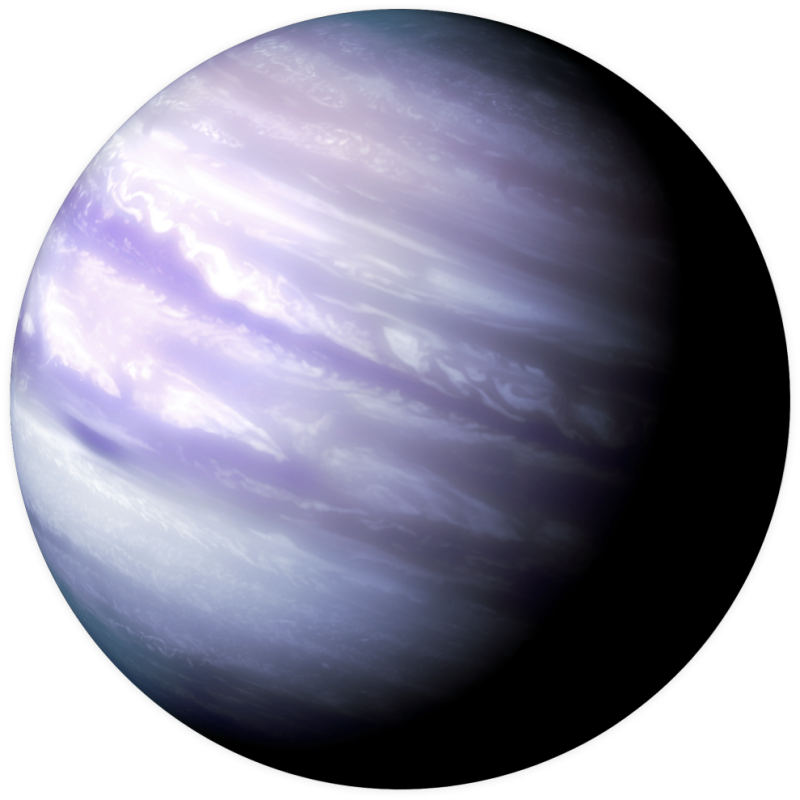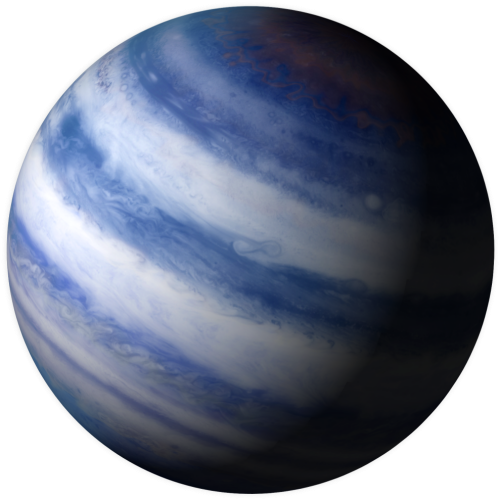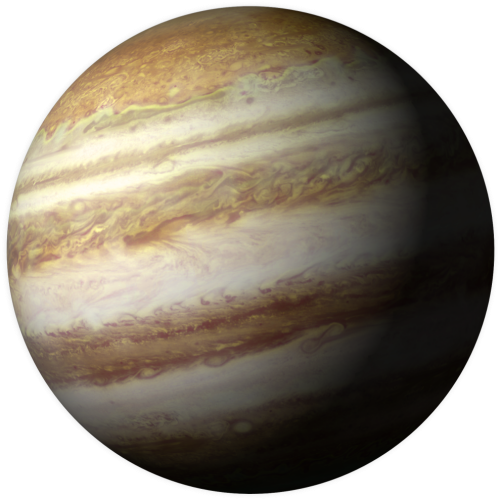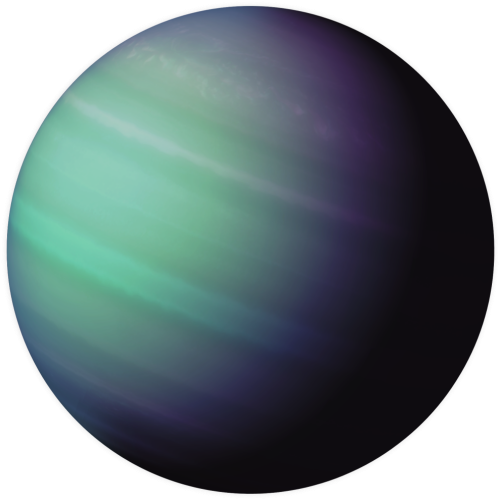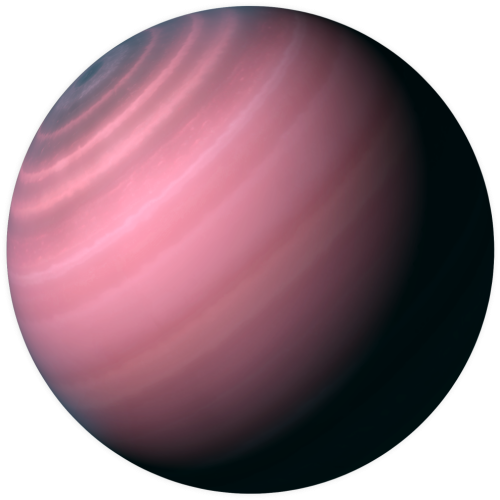These titanic gaseous worlds represent the upper limits of
planetary masses. Structurally similar to their Class J and S
counterparts, only on a far more grandiose scale, these
planets have astounding diameter between 50,000,000 and
120,000,000 kilometers. Most Class U planets are content to
loom in the cold zone of a star system, but if the planet is
sufficiently massive (13 times the size of Jupiter), nuclear
fusion ignites the deuterium within the core, and the planet
becomes a red dwarf star, creating a binary star system.
The great mass of ultra giants that do not transition into stars
occasionally force them to assume eccentric orbits. This
causes them to spiral inward toward the heart of the star
system and become a “Hot Jupiter,” a gas giant orbiting
extremely close to its parent star. This destructive process
disrupts the entire star system, ejecting smaller planets into
interstellar space, and ultimately ends with the Class U
planet’s demise as a desolate Class X: Chthonian world.
planetary masses. Structurally similar to their Class J and S
counterparts, only on a far more grandiose scale, these
planets have astounding diameter between 50,000,000 and
120,000,000 kilometers. Most Class U planets are content to
loom in the cold zone of a star system, but if the planet is
sufficiently massive (13 times the size of Jupiter), nuclear
fusion ignites the deuterium within the core, and the planet
becomes a red dwarf star, creating a binary star system.
The great mass of ultra giants that do not transition into stars
occasionally force them to assume eccentric orbits. This
causes them to spiral inward toward the heart of the star
system and become a “Hot Jupiter,” a gas giant orbiting
extremely close to its parent star. This destructive process
disrupts the entire star system, ejecting smaller planets into
interstellar space, and ultimately ends with the Class U
planet’s demise as a desolate Class X: Chthonian world.
| AGE DIAMETER LOCATION ATMOSPHERE INNER CORE AVERAGE TEMP EVOLUTION HABITABILITY |
2-10 billion years old
50,000,000 - 120,000,000 kilometers
hot zone, cold zone
hydrogen and helium
liquid hydrogen, deuterium
-220°C (cold zone), 850°C (hot zone)
can evolve into Class X planet or an red dwarf star
uninhabitable
50,000,000 - 120,000,000 kilometers
hot zone, cold zone
hydrogen and helium
liquid hydrogen, deuterium
-220°C (cold zone), 850°C (hot zone)
can evolve into Class X planet or an red dwarf star
uninhabitable

